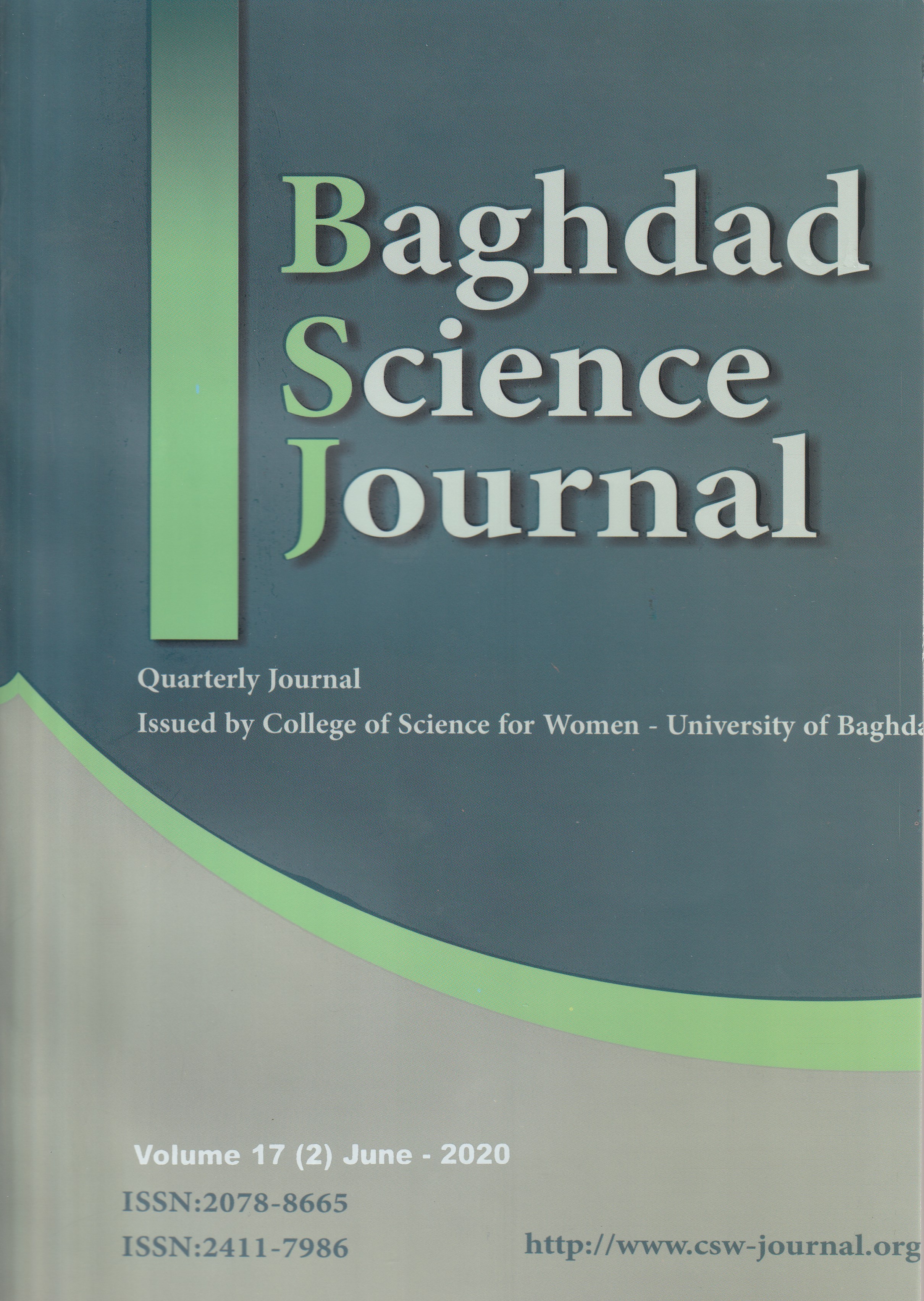Estimating Lipoxygenase and Gamma-glutamyl Transferase Activities in Sera of Colon Cancer Patients with Partial Purification of Lipoxygenase
Main Article Content
Abstract
Colon cancer is an abnormal growth of cells that occurs in the large intestine. Sometimes growth remains restricted for a relatively long time before it becomes a malignant tumor and then spreads through the intestinal wall to the lymph nodes and other parts of the body. The study aims to estimate the effectiveness and partial purification of lipoxygenase (LOX) enzyme and measure gamma-glutamyle transferase (GGT) activity in serum patients of colon cancer in Baghdad. The study included (80) case male patients with colon cancer with (50) samples of apparently healthy males (control) as comparison group. The result displayed a noteworthy increase in lipoxygenase effectiveness (805.0±517.23 IU/L) in serum of patients with colon cancer compared with control (114.6±49.77 IU/L). The enzyme was purified by the precipitation of the serum protein using (40% (NH4)2SO4) then removing the remaining salts by dialysis. The column of gel (sephadex G.100) was used to separate the enzyme from another protein, in this step a single peak was obtained. The effective part of lipoxygenase at yield (71.42%) and folds (11.033). The ion exchange chromatography (DEAE–CeA50) was used to isolate LOX isoenzyme, two bands (LOX1 and LOX2) were acquired with different degree of purity (16.372) and (12.16) folds respectively. The result displayed a noteworthy increase in the (GGT) activity in patients (58.69±16.94IU/L) (probability P≤ 0.000) compared with control (12.79±5.68 IU/L). The increase in activity of LOX can be used as a tumor marker to detect the colon cancer disease.
Received 19/6/2019, Accepted 22/10/2019, Published 1/6/2020




